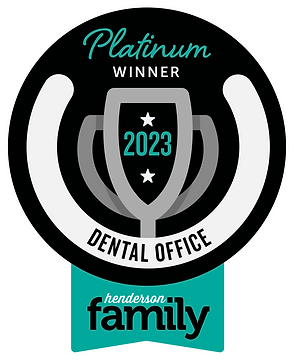Quick Links
Contact Us
Office Location
716 Second Street
Henderson, KY 42420
Office Number
(270) 827-5222

A dental tooth crown is a custom-made cap that covers a damaged or weakened tooth, restoring its shape, strength, and appearance. Our crown procedure involves several steps:
During your initial visit, our experienced dentist will examine your tooth and discuss the crown procedure with you. They will evaluate the condition of your tooth, take X-rays if necessary, and address any questions or concerns you may have.
To ensure a proper fit, the dentist will prepare your tooth by removing any decayed or damaged parts. They will shape the tooth and take impressions, which will be sent to a dental laboratory for crown fabrication. In the meantime, a temporary crown will be placed to protect your tooth.
Skilled dental technicians will use the impressions to create a custom tooth crown that matches the color, size, and shape of your natural teeth. We work closely with trusted dental laboratories to ensure high-quality and durable crowns.
Once your permanent tooth crown is ready, you will return to our office for its placement. The dentist will remove the temporary crown, clean the tooth, and carefully position the new crown. They will check the fit, make any necessary adjustments, and ensure your bite feels comfortable.
Our dentist will make final adjustments to the crown, ensuring it aligns with your surrounding teeth and feels natural. Lastly, the crown will be polished to give it a smooth and natural appearance.
Our team will provide you with specific instructions on how to care for your new crown. Regular brushing, flossing, and routine dental visits will help maintain its longevity.
At our dental office, we prioritize patient comfort and use advanced techniques to ensure a successful crown procedure. If you have any further questions or would like to schedule a consultation, please do not hesitate to contact us.